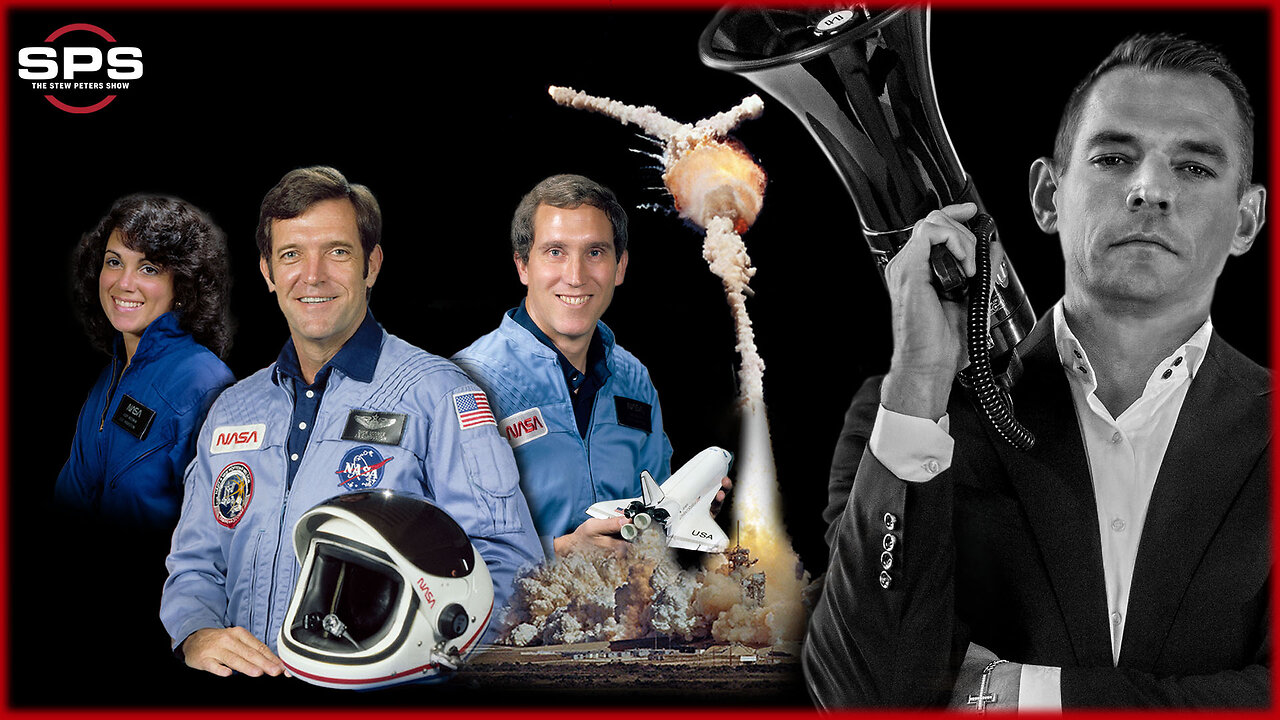"TIME AND SPACE" 1959 NASA / JPL FILM PIONEER 4 MISSION LAUNCH LUNAR EXPLORATION XD86645
Join this channel to get access to perks: https://www.youtube.com/channel/UCddem5RlB3bQe99wyY49g0g/join Want to learn more about Periscope Film and get access to exclusive swag? Join us on Patreon. Visit https://www.patreon.com/PeriscopeFilm Visit our website www.PeriscopeFilm.com “Time and Space” (c.1959) is a color, educational film shedding light on the launch of the Pioneer 4 as part of the race to get to and understand the moon. Presented by the Jet Propulsion Laboratory of the California Institute of Technology for NASA, this film discusses the experiments and processes in place in order to make the Pioneer 4 launch a success. The Pioneer 4 was launched to photograph the Moon as part of a lunar flyby. While It didn’t achieve this goal, it did become the first American spacecraft to escape Earth’s gravity and the nation's first probe to enter heliocentric orbit. Title page (0:07). Animation Moon in night sky, narrator introduces subject of film; Credits continue (0:14). Communication center of Jet Propulsion Laboratory (JPL) Pasadena, California: secretary types on typewriter, room with big computer for determining flight trajectories and IBM 727 tapes (1:22). Lights illuminate Juno II rocket at Cape Canaveral launch complex, engineers in protective suits work to outfit, prepare rocket for imminent launch of Pioneer 4 (1:46). Scientists perform last minute checks, operations in “Block House” (2:21). Police escort, transport of USAF PGM-19 Jupiter intermediate range ballistic missile to launching pad; Missile erected, gantry moved into place, engineers/ technicians check out rocket (2:39). Rocket stages 2 (cluster 11 solid propellant motors in hollow ring) & 3 (three solid propellant motors) (3:11). High speed stages arrive at launching pad, placed in Jupiter; Camera pans 60ft Jupiter (3:40). Special aero-dynamic shroud (4:18). First, second scheduled attempt - weather issues cause postponement, engineers in white hard hats tend to rocket (4:30). Sterilization Pioneer 4 (5:08). Payload transported to launch pad under plastic protective wrap; Shroud lowered over payload and secured (5:22). Aerial view of oil tanker, fueling operations (5:42). Liquid oxygen loading (6:11). Last minute cancelation of test; Men with stressed faces wearing headsets speak into phone from command center; Shots of towering white rocket on launch pad in distance (6:19). Pioneer 4 flight spare painted black (7:40). Payload brought up red iron gantry elevator (7:53). Pre-launch preparations leading to mission: Construction Goldstone Deep Space Communications Complex (GDSCC, 70mm antenna (8:32). Antenna in Puerto Rico (8:53). Data analysis at JPL Computing Center; Buzz and whir of computers, machinery (9:00). Radio communication with Cape Canaveral (9:24). William H. Pickering briefs room of Army personnel, necessity proposed lunar flights, Space Race USSR Sputnik (9:52). Engineers sketch out designs for mission (11:19). Old Capitol Museum building, State University of Iowa (11:47). Dr. James A. Van Allen, originator of radiation experiments, summarizes results obtained from explorer firings - references chart (11:59). First flight test of Juno II, launch of Pioneer 3 (December 1958): fire, smoke trail emanate from rocket as it launches, scientists look on from common center (13:03). JPL’s Dr. Everhart Rexton (perhaps Recton) discusses findings from Pioneer 3 launch, radiation belts (13:41). Scientist speaks to camera, explains design of Pioneer payload (15:23). Launch of Pioneer 4, fire, smoke cloud erupts under rocket (16:17). JPL Project Director Dr. J.E. Frolick, provides briefing to room of personnel on Moon probe project (18:00). Animation explanation of Moon probe project begins (18:28). Head of Army Ballistic Missile Agency’s Missile Firing Laboratory, Dr. K.H. Davis explains flight mechanics of a typical Moon firing (19:28). Animation explanation of Moon firing mechanics begins: Camera zooms into Florida, rocket fires from Cape Canaveral; Various parts of rocket come apart, payload continues toward Moon (20:14). Animation explanation of payload tracking (22:23). Close-up IBM 727 Tapes spinning as they collect data; other computers, data collection points gathering data in form of punched tape after launch (24:03). Men at Goldstone Test Station read data on rocket location, shots 70mm antenna various times of day tracking data (25:33). Montage clips previously played throughout film (26:11). POV as if traveling through solar systems, stars; Film ends (26:32). The IBM 727 Magnetic Tape Unit shown in the film was sold between 1953-1971. It was IBM's standard tape drive for their early vacuum-tube era computer systems. This film is part of the Periscope Film LLC archive, one of the largest historic military, transportation, and aviation stock footage collections in the USA. Entirely film backed, this material is available for licensing in 24p HD, 2k and 4k. For more information visit http://www.PeriscopeFilm.com

















































